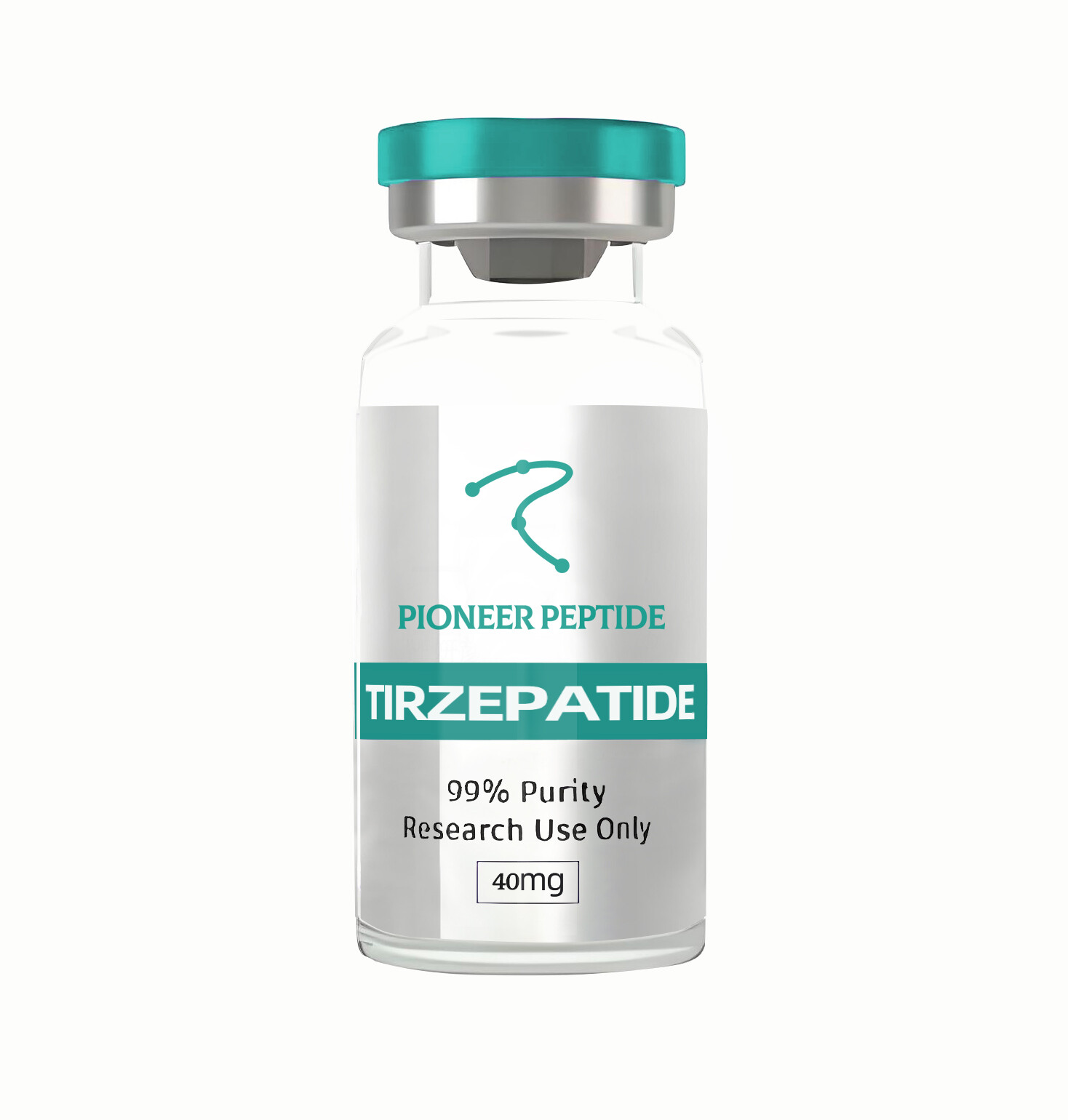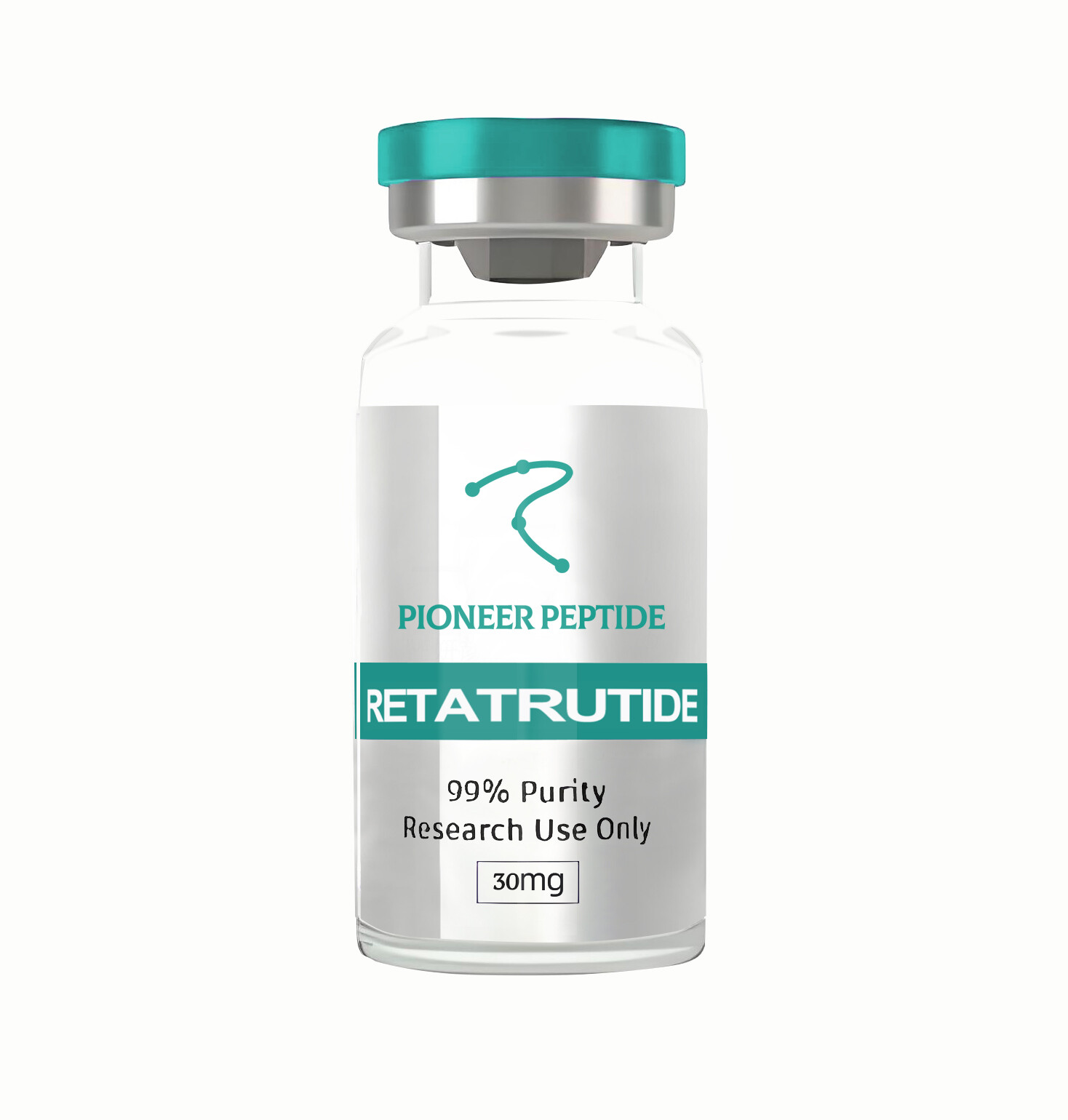How to Buy Peptide for Research Without Hidden Costs—Avoiding Wasted Time and Money?
For researchers in molecular biology or drug development, to buy peptide is an investment in your work—but it’s easy to overlook “hidden costs”: ordering a peptide that fails your assay, waiting weeks for a replacement, or losing batches to poor storage guidance. These setbacks don’t just drain budgets; they push back project timelines and derail momentum. How can you buy peptide in a way that minimizes risk, maximizes value, and keeps your research on track? The answer lies in three strategic choices that turn a simple purchase into a research-friendly decision.
First, when you buy peptide, start by “preparing your specs” to avoid mismatches. It’s not enough to know the peptide sequence—you need to align it with your experiment’s demands. For example, if you’re running a cell-based assay, a peptide with a cell-penetrating tag is essential; buying one without it means your peptide can’t reach its target, and you’ll have to reorder. Similarly, if your work requires long-term storage, opt for lyophilized peptides (not pre-dissolved) to avoid degradation. Reputable suppliers let you input these details upfront—like “cell-penetrating, lyophilized, 95% purity”—so you can buy peptide that fits your workflow from the start, no do-overs needed.
Second, prioritize suppliers that “prove quality upfront” when you buy peptide. Hidden impurities or sequence errors are costly: a contaminated peptide might skew your data, forcing you to repeat weeks of experiments. Look for suppliers that share third-party test reports (HPLC for purity, MS for sequence accuracy) before you purchase. For instance, if you’re studying peptide-drug interactions, a supplier that provides a detailed HPLC report showing 98% purity lets you trust that your results won’t be compromised by impurities. This transparency doesn’t just reduce risk—it saves you from the hidden cost of redoing experiments.
Third, when you buy peptide, choose suppliers that “support your workflow beyond delivery.” Peptides are fragile, and even small mistakes (like using the wrong solvent for reconstitution) can ruin them. The best suppliers include tailored guidance: for hydrophobic peptides, they might recommend “dissolve in 10% DMSO first, then dilute with buffer”; for short-term use, they’ll note “stable at 4°C for 2 weeks.” If you hit a problem—like a peptide that clumps—reachable support (via email or chat) is key. For example, if you buy peptide and struggle with solubility, a specialist could suggest gentle sonication, saving you from reordering and wasting time.
Also, consider “order flexibility” when you buy peptide. Research needs change: you might need a smaller batch first to test efficacy, then scale up later. Suppliers that offer flexible quantities (from 1mg to 1g) let you buy peptide in increments, avoiding waste. Some even offer “sample sizes” (500μg) for preliminary tests—so you can validate the peptide before committing to a larger order. This flexibility cuts down on unused stock and ensures you only pay for what you need.
When you buy peptide with these strategies in mind, you’re not just purchasing a product—you’re protecting your research from avoidable setbacks. By preparing your specs, demanding quality proof, and seeking workflow support, you eliminate hidden costs and focus on what matters: advancing your work. The right way to buy peptide turns a routine task into a strategic step—one that saves you time, money, and frustration, so you can keep moving toward your research goals.
Next:Rose
Related recommendations
PRODUCTS
NEWS

Please input the company introduction of your enterprise here, please input the company introduction of your enterprise here, please input the company introduction of your enterprise here, please input the company introduction of your enterprise here.
15174555835
support@pioneerpeptide.com
No.175 Shengli Street, Jiaxing,Zhejiang



